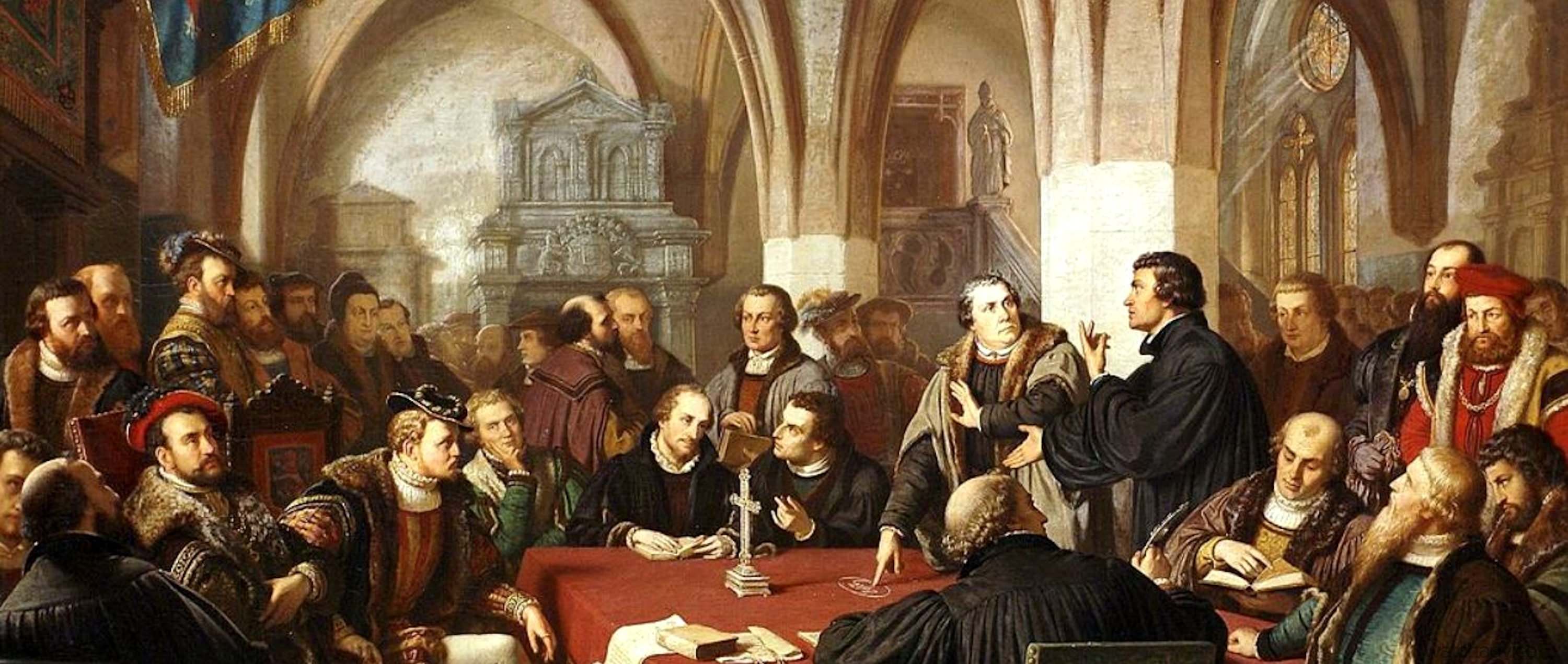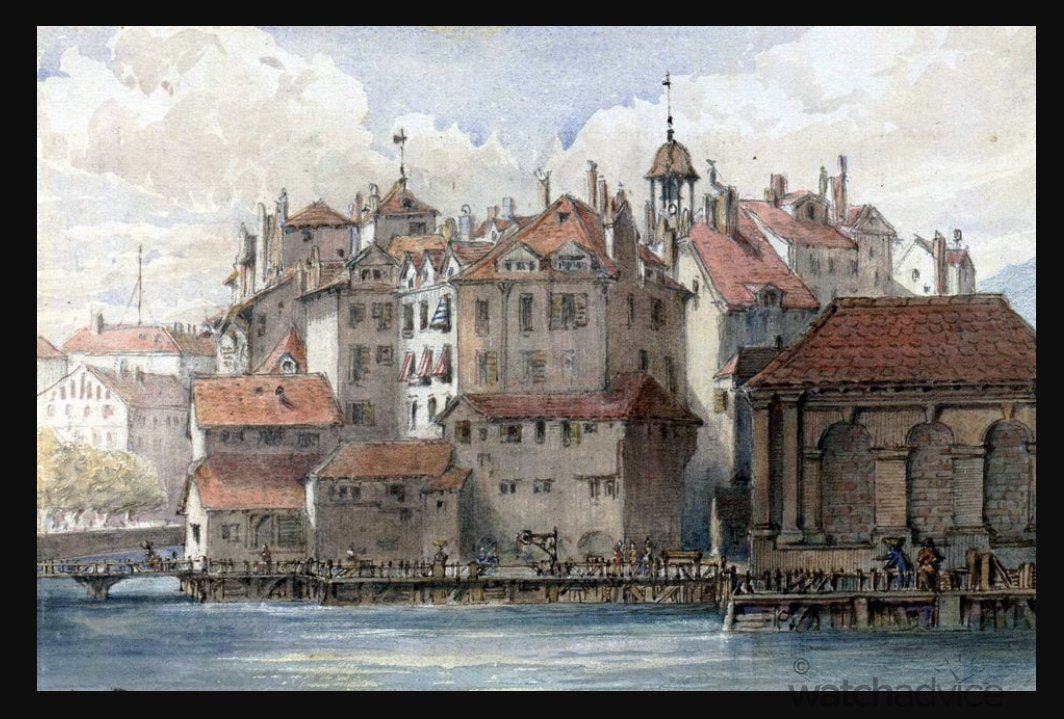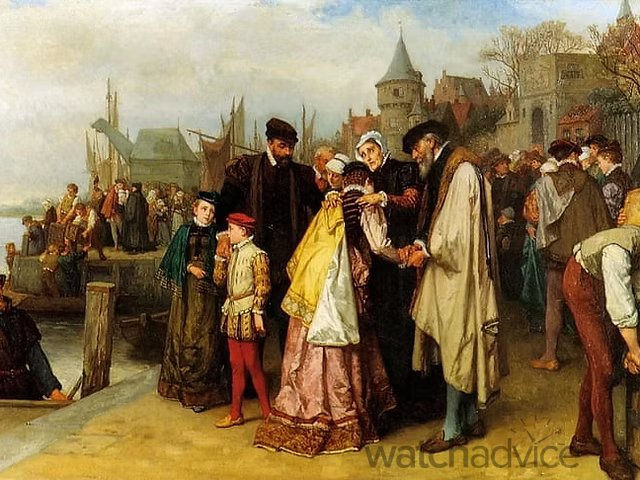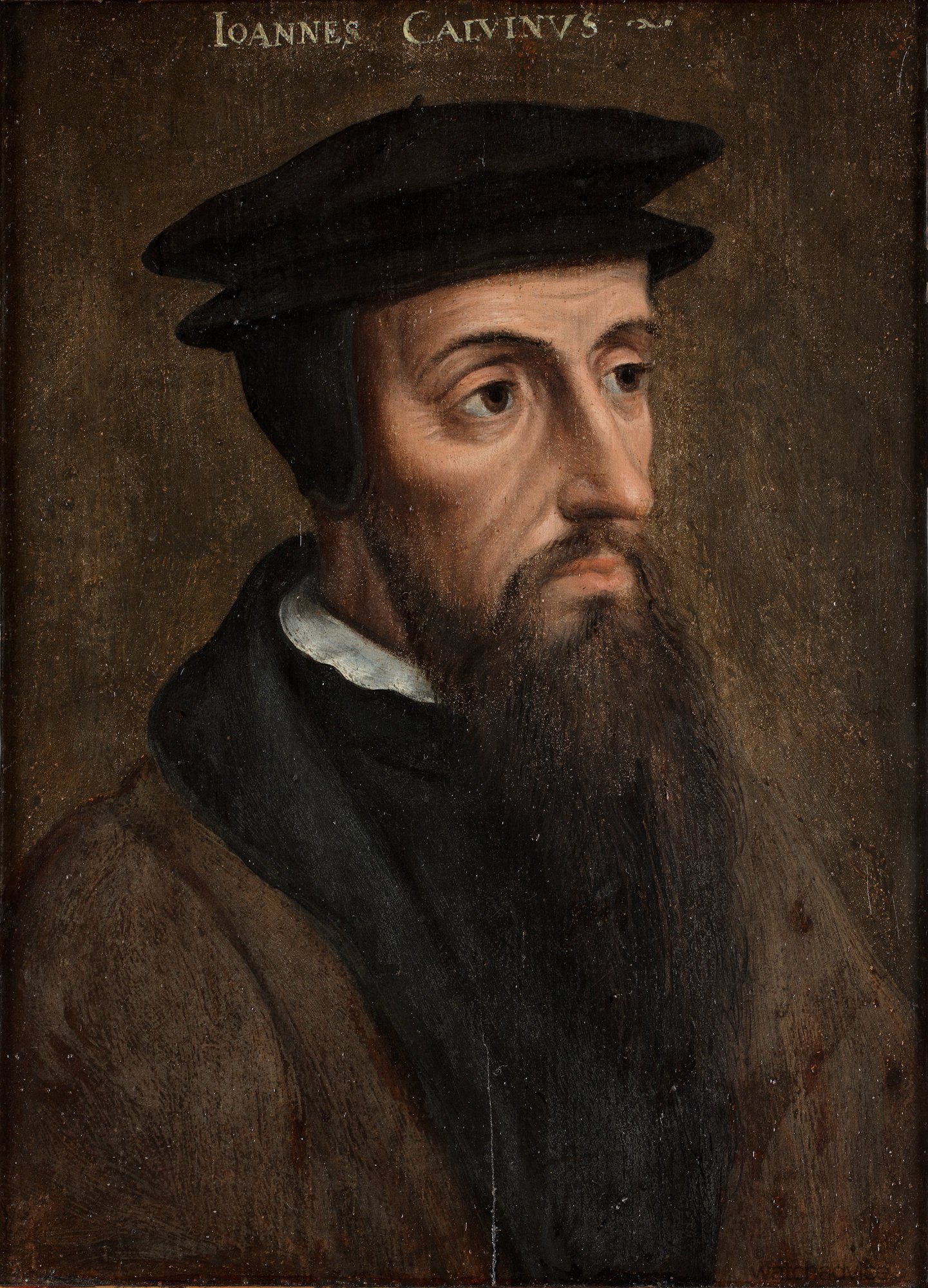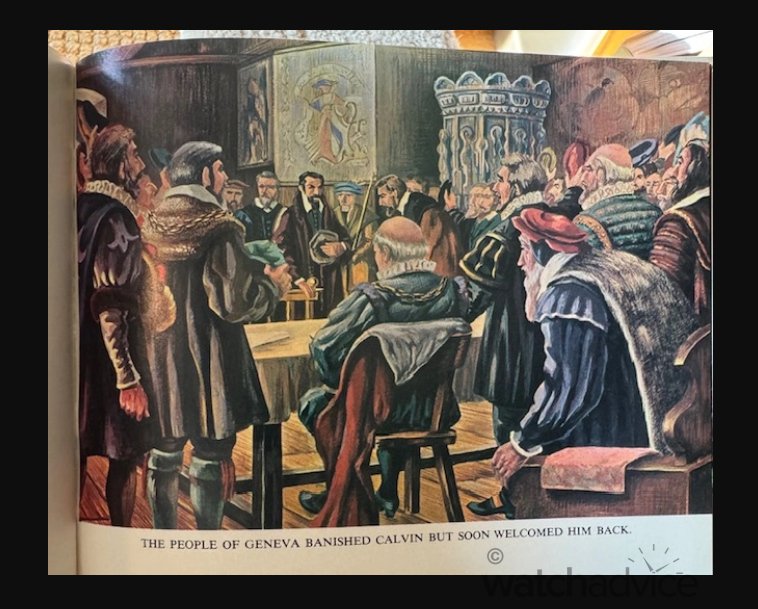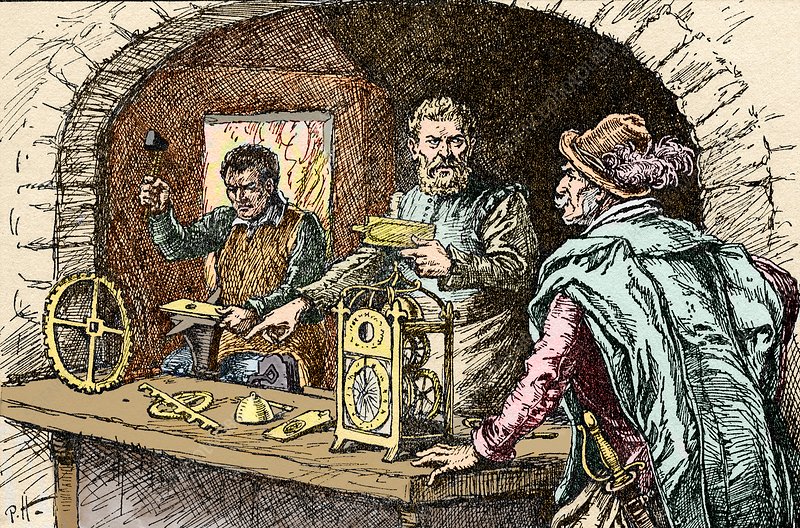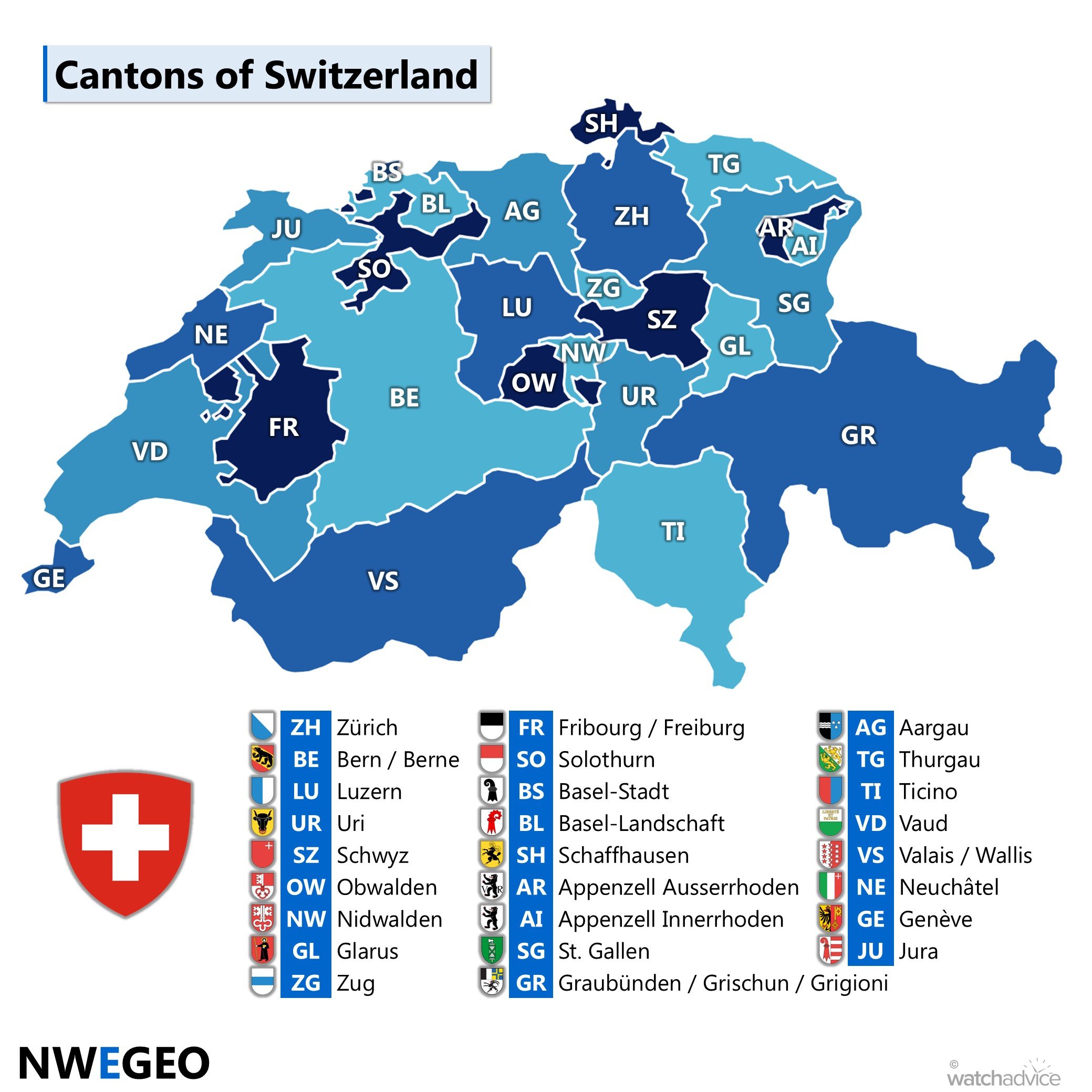Discover the surprising history of Swiss watchmaking, from a 1522 sausage scandal in Zurich to the rise of Geneva and the Jura as global watchmaking capitals. In this latest Watch Education article, learn how faith, refugees, and centuries of craftsmanship gave birth to the world’s most iconic Swiss watch brands.
Yes, you read that right. A mere sausage started the birth of Swiss watchmaking and its global domination. Now, at this point, you are probably like me and thinking, “Hang on, how could a sausage lead to the world’s most prestigious watchmaking industry?” Well, let me take you on a journey through time and dive into the curious origins of Switzerland’s rise to horological greatness.
Swiss watches today are globally known for their luxury, mechanical mastery, and prestigious watchmaking with beautiful artisanal finishing. Brands like Patek Philippe, Audemars Piguet, and Vacheron Constantin represent the pinnacle of horology today, excelling in areas such as traditional watchmaking, technical mastery, and haute horology. Brands like Vacheron Constantin have been on the war path recently, breaking world records after world records for some of the world’s most complicated timepieces and pocketwatches.
However, this wasn’t always the case. Switzerland wasn’t always the capital of watchmaking. In fact, it arrived late to the horological party! The very first timepieces are known to have originated from Germany. In the early 1500s, Peter Henlein is considered to be the first inventor of watches, creating a portable spring-driven clock (named the Nuremberg Egg). In the mid-to-late 16th century, France and England began to lead the development of functional watches.
This is also the first time we see watches with artisanal work. In Blois, France, master watchmakers would produce intricate timepieces for the aristocracy, often combined with beautiful enamel work and jewels. On the other side, London produced great watchmakers such as Thomas Tompion (known as the “Father of English Clockmaking”) and John Harrison. Two creative watchmakers who would go on to revolutionise marine chronometry in the 1700s.
In contrast to this, Switzerland had no watchmaking identity at all at the time. The country was going through political turmoil and was landlocked, with its main focus being farming, metalwork, and textiles. While Switzerland lacked horological heritage, what it did have was precision craftsmanship, an invaluable skill that would become the foundation for an empire.
“The Affair of The Sausages”
The year was 1522, in Zurich, Switzerland. This period in Switzerland was a deeply religious one, characterized by a powerful Catholic presence, adhering to strict Church traditions. One of these traditions was Lent, a 40-day fasting period preceding Easter, during which eating meat is forbidden.
The story goes that Christoph Froschauer, a well-known printer with a rebellious spirit living out in Zurich, just finished printing a big book. To celebrate this occasion, he invited friends and workers over to his house for a big meal. The delicacy on the menu? Sausages. This was a clear violation of the Lent fasting rules set out by the Catholic church.
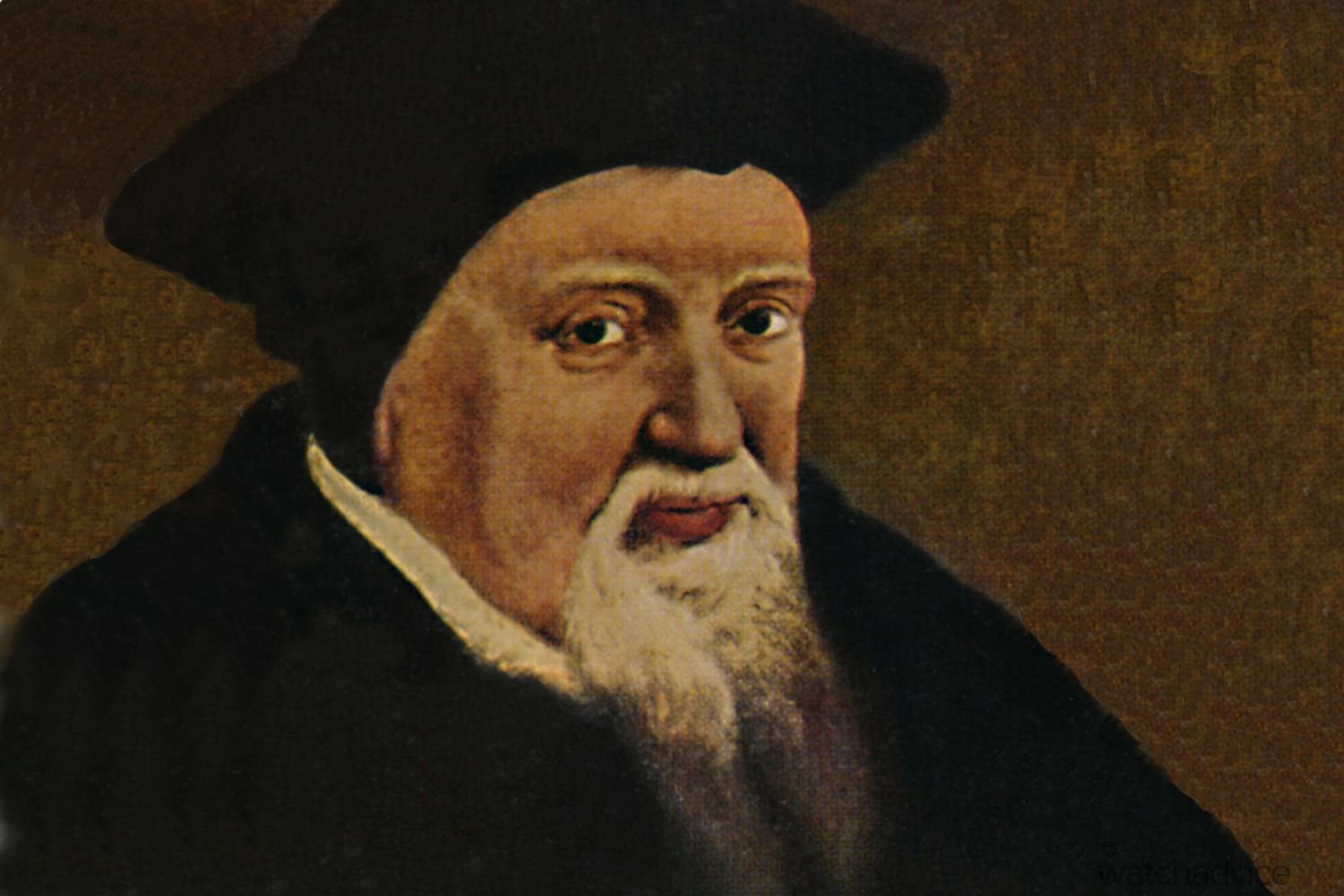
One of the guests invited for the meal was Ulrich Zwingli, a respected pastor and a reformer in Zurich. Ulrich Zwingli became a key figure in the Swiss Reformation due to his advocacy for reforms based on biblical principles, which challenged the established Catholic Chruch. Zwingli, however, applied these principles much more strictly and passionately compared to other reformers, which impacted not only religious practices but also societal structures in Zurich.
During Christoph Froschauer’s celebration meal, Ulrich Zwingli didn’t actually eat the sausages himself; however, he was present. Soon after, news spread quite quickly that meat was being consumed during Lent, which is considered sinful and can be treated as heresy. With the local Church authorities being furious and the public shocked, Christoph Froschauer was arrested for ultimately breaking the fasting law.
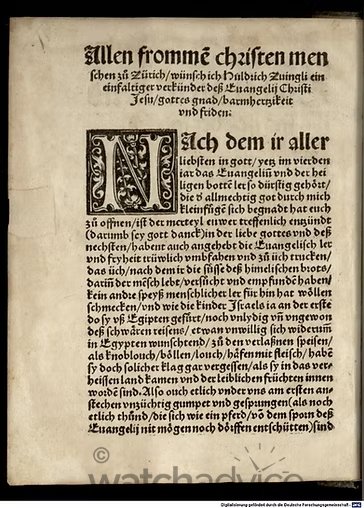
Ulrich Zwingli, being a close friend of Froschauer, stepped in to defend him, delivering a famous sermon titled “Von Erkiesen und Freiheit der Speisen” (“Regarding the Choice and Freedom of Foods”). Zwingli did what he does best, and argued that fasting should be voluntary, and not a forced ceremony. He claims that the Bible does not, in fact, claim that fasting should be mandatory, therefore being a matter of personal choice.
This brave stance openly challenged the Catholic church and the previously held beliefs about fasting, something that had been occurring for centuries throughout Europe. This incident became known as “The Affair of the Sausages.” This marked the start of the Protestant Reformation in Switzerland, in a similar fashion to how Martin Luther’s 95 Theses began in Germany. Ulrich Zwingli’s reformation gained popularity and, in time, spread to other areas of Switzerland, like Geneva.
Faith To Refugees: Geneva’s Rise As A Craft Capital
After Ulrich Zwingli challenged the Catholic Church over the eating of a sausage, Protestant ideas began to spread throughout Switzerland. This turned Switzerland into a non-unified country, with the various cantons choosing different sides, with some opting to remain Catholic and others turning Protestant.
Geneva, at the time, was an independent city-state. It was also a city that was well-positioned on key trade routes. By the 1530s, Geneva was attracting merchants, craftsmen, and intellectuals from across Europe. Then came a political change that would open the door to reform. In 1536, the city formally adopted Protestantism and aligned itself with the ideas of reformers like Zwingli. This political shift also made Geneva a safe haven for religious refugees, which would prove to be an invaluable decision in the coming years.
The French Wars of Religion that took place between 1562 to 1598 forced many French Protestants (named the Huguenots) to flee and relocate elsewhere. With Geneva on the border of France and already known for being a Protestant city, the Huguenots relocated there. Among them were highly skilled goldsmiths, enamellers, engravers, and watchmakers. Geneva went from being a thriving centre for trade and craftsmanship to a powerhouse of specialised skills. The arrival of the Huguenot artisans brought advanced techniques and new design capabilities to the local industry.
From Faith to Function: The Birth of Swiss Watchmaking
In 1541, John Calvin became Geneva’s leading religious authority. Calvin initially arrived in Geneva in 1536, but was expelled in 1538 due to conflicts he had with Geneva’s city leaders. He was then invited back in 1541 and remained in the city for the rest of his life. Clavin had strict moral codes that would influence all aspects of life, including clothing and public behavior. Wearing lavish ornaments was seen as vanity and a distraction from being religious. Through Calvin’s rule, Geneva’s thriving jewellery industry effectively ended.
The rich artisan populace that was located in Geneva needed to adapt in order to survive. The goldsmiths and jewelers needed a new outlet for their skills. These artisans now started to create functional objects that were still acceptable under John Calvin’s rule. Objects such as watches. Watches were practical, portable, and filled with intricate details, the perfect alternative for highly skilled craftsmen.
As the years passed, this shift in focus began to change Geneva’s identity. What started as a practical adaptation to religious law quickly evolved into a highly respected craft. The fusion of goldsmith artistry with the precision engineering brought by Huguenot watchmakers created timepieces that were both technically reliable and visually refined. By the late 16th century, Geneva would be seen as the recognised center for high-quality watchmaking.
And to think, all this can be traced back to a simple meal in Zurich. The “Butterfly effect” in true motion here, the “Affair of Sausages” set the stage for the Reformation to take place. That single act of eating a sausage, an act of defiance, reshaped Geneva’s laws and turned it into a protestant city. One that welcomed neighboring France’s Huguenots, many of whom were expert watchmakers. These events planted the seeds of an industry that would grow to define Switzerland’s global reputation for centuries to come!
From Geneva To The Jura Mountains: Seeds of An Industry
With Geneva now becoming the central point for watchmaking excellence, it presented new problems. By the early 17th century, Geneva had so many watchmakers that overcrowding and guild restrictions pushed the highly skilled artisans to look for new opportunities in nearby regions.
During this same time, in the rugged Jura Mountains, farmers began to create watch parts during the long winters in Switzerland. This kick-started the cottage-industry system. Towns like Le Locle and La Chaux-de-Fonds in the Jura region gradually evolved into key production centres, with watchmaking now beginning to shape the local economy and identity.
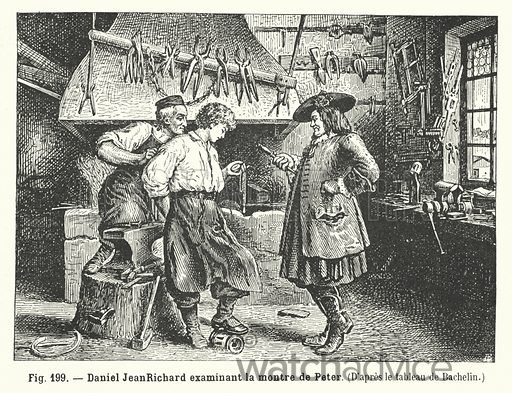
The best was yet to come for the Jura region, and it was all thanks to Daniel Jeanrichard (1665 – 1741). Jeanrichard was a prominent figure in Jura who pioneered the établissage method. As watchmaking spread from Geneva to the Jura region in, it didn’t follow a large centralised factory model, but rather the établissage method, which is a decentralised, highly collaborative system that allowed even the small rural communities to take part.
Under the établissage system, the different components of the watch would be made by individual specialists, who often work from their own homes or small workshops. This was the beauty of the system, and it allowed everyone who had the knowledge, skill, and expertise to get involved. One craftsman might make balance springs, another the gears, another the components of the cases. All these various components would then be collected by an établisseur (master coordinator), who would assemble, adjust the precision, and finish the watches before being sold.
This ingenious system became the backbone of Swiss production for centuries to come, which not only allowed quick turnarounds for high-quality watches, it also made Switzerland unmatched by its European rivals for productivity and reputation.
As the watchmaking industry expanded beyond Geneva, new cantons such as Bern, Solothurn, and Schaffhausen also emerged as important areas for watchmaking. These cantons, along with the Jura heartland, became the birthplace for many of the Swiss watchmaking brands that we know today, maisons that would grow from small workshops into names that would eventually be recognised globally. These rural workshops would grow into something far bigger over the decades, and give rise to legendary brands, from Vacheron Constantin and Blancpain to Rolex, Patek Philippe, and Audemars Piguet, and beyond.
The Swiss Watch Brands Born From Cottage Industry
What began as rural workshops throughout the various cantons in Switzerland and the Geneva ateliers, all connected through the établissage system, would over time evolve into the most respected names in the world of horology. Each brand that was formed in the different cantons had the same traditions of precision handcraft, innovation that was born out of necessity, and the relentless pursuit of creating high-quality watches. Outlined below are the most notable brands whose beginnings can be traced back to these formative years, with some brands also relocating from neighbouring countries to become part of Switzerland’s horological legacy!
Blancpain – Villeret (1735)
Regarded as the oldest watch brand in the world (not in continuous operation, however), Blancpain was founded in the Jura village of Villeret. Blancpain is the perfect example of Switzerland’s rural watchmaking origins. This is a brand that was founded through établissage tradition, with a heritage that is built from generations of watchmakers and craftsmen perfecting their skills in small family-run workshops.
Vacheron Constantin – Geneva (1755)
While Blancpain is considered the oldest brand, it is actually Vacheron Constantin that holds the title for the world’s oldest and continuously operating watchmaker. Vacheron Constantin was born at the heart of Geneva’s artisan culture, founded in 1755 by Jean-Marc Vacheron, an independent watchmaker. The early timepieces of Vacheron Constantin reflected precision mechanics and goldsmith artistry, core values of Calvin’s reforms that helped to shape the city centuries later.
Girard-Perregaux – La Chaux-de-Fonds (1791)
Girard-Perregaux’s origins can be traced all the way back to 1791, to Jean-François Bautte’s workshops. Girard-Perregaux first established its name in 1856 in the watchmaking town of La Chaux-de-Fonds, one of Switzerland’s most important watchmaking towns, and then acquired Jean-François Bautte’s workshops in 1906. La Chaux-de-Fonds is recognised as a UNESCO World Heritage site due to its exceptional urban landscape and its significance as a center of watchmaking.
Jaeger-LeCoultre – Vallée de Joux (1833)
The story of Jaeger-LeCoultre dates back to 1833, when Antoine LeCoultre transformed his family’s barn in the heart of Vallée de Joux into a watchmaking atelier and began to create high-precision timepieces. Vallée de Joux would go on to become famous for complication-making, with other high-end watchmakers also positioning themselves here. Jaeger-LeCoultre became known as “The Watchmaker’s Watchmaker” as they produced highly complex movements for both their own movements and other top-tier brands.
Patek Philippe – Geneva (1839)
One of the most recognisable and well-known brands in the world, Patek Philippe traces its origins back to 1st of May 1839, when Polish watchmaker Antoni Patek and his Czech-born Polish business partner Franciszek Czapek formed Patek, Czapek & Co. in Geneva. Patek, Philippe & Cie. was formed around 1844 when Antoine Patek started to work with the French horologist Jean Adrien Philippe. They established a mission that has lasted nearly two centuries: to create the world’s most exquisite timepieces.
Omega – La Chaux-de-Fonds (1848)
Another watchmaking brand that was born in the prominent town of La Chaux-de-Fonds was Omega. The brand was founded in a small workshop by Louis Brandt, before making the move to Bienne, where its current headquarters is located. Omega is a brand that is synonymous with excellence, innovation, and precision. The brand’s dedication to accuracy and performance made it a leader in precision timekeeping competitions. And of course, let’s not forget about the famous space expeditions!
TAG Heuer – St-Imier (1860)
TAG Heuer was first established by Edouard Heuer in the Jura town of St-Imier. When the brand was first founded in 1860, it went under the name Uhrenmanufaktur Heuer AG. The brand was acquired by Techniques d’Avant Garde (TAG) in 1985 and moved its headquarters to the watchmaking town of La Chaux-de-Fonds. The brand is famous for pioneering advances in chronographs and sports timing, a field that it is still dominating today.
Zenith – Le Locle (1865)
Zenith was founded by Georges Favre-Jacot in 1865. One of the first prominent brands to be founded in Le Locle, situated in the Jura mountains, and a municipality in the Canton of Neuchâtel. Le Locle is also recognized as a UNESCO World Heritage site for its contributions to the Swiss watchmaking industry. Alongside La Chaux-de-Fonds, these two towns show us the evolution of cottage industry to the large-scale evolution of watchmaking.
IWC Schaffhausen – Schaffhausen (1868)
In 1868, an American watchmaker named Florentine Ariosto Jones came to the city of Schaffhausen. He saw this as the perfect location to establish his company, as it was close to the Rhine River. He planned to use the Rhine River to power his factory through hydropower. Jones merged Swiss craftsmanship with industrial production, setting up far from Geneva but benefiting from the nation’s centuries-old horological expertise.
Audemars Piguet – Le Brassus (1875)
One of the brands in the “Holy Trinity” of watchmaking, Audemars Piguet was founded in the village of Le Brassus in the Vallée de Joux, Switzerland by Jules Louis Audemars and Edward-Auguste Piguet. The Vallée de Joux is a valley in the Jura Mountains, a location that is home to some of the most famous watch factories in the world. Audemars Piguet specialised in complicated watches from the very beginning, drawing on the region’s deep technical knowledge and tradition of innovation.
Breitling – Saint-Imier (1884)
Breitling was founded in 1884 by Léon Breitling in the Jura town of Saint-Imier, the same town in which TAG Heuer was founded. The brand made a name for itself for producing high-precision chronographs designed for scientific and industrial applications. The company later moved to La Chaux-de-Fonds in 1892, where it expanded its production. Although today Breitling’s headquarters are based in Grenchen, their Chronometrie facility (where Breitling manufactures their movements), established in 2002, is located in La Chaux-de-Fonds.
Rolex – London (Originally Founded) (1905) – Moved to Geneva (1919)
For those that may not be aware, Rolex didn’t start its origins in Switzerland. The brand was founded in 1905 by Hans Wilsdorf and Alfred Davis in London. By the end of World War I, the cost of import duties on precious metals and luxury goods made operating in Britain a logistical nightmare. So, seeking a better business climate, in 1919, Wilsdorf relocated Rolex’s headquarters to Geneva. This strategic move not only put the brand in direct access to the world’s best watchmaking talent but also gave it access to the prestigious “Swiss Made” label.
Breguet – Paris (Originally Founded) (1775) – Moved to Vallée de Joux (1976)
Like Rolex, Breguet was not originally founded in Switzerland. In fact, being founded in 1775 in Paris by the iconic watchmaker Abraham-Louis Breguet, it sits with Blancpain, Vacheron Constantin, and Girard-Perregaux as one of the oldest watch brands in the world. Irrespective of its location, Breguet has contributed immensely to the world of watchmaking by pioneering some of horology’s most important innovations, including the tourbillon, the gong spring for repeating watches, and the Breguet balance spring. During the quartz crisis, Breguet shifted its headquarters from Paris to the famed Vallée de Joux in 1976, giving the brand access to exceptional complication watchmakers.
Hublot – Nyon (1980)
Hublot was founded in 1980 by Italian watchmaker Carlo Crocco in the lakeside town of Nyon, situated between Geneva and Lausanne. While it’s not in the watchmaking hubs in Switzerland, the location placed it within its historical heartland, close to Geneva’s artisanal expertise and within reach of Jura’s watchmaking centre. This strategic positioning allowed Hublot to tap into the same ecosystem of precision craftsmen and suppliers that had supported Switzerland’s finest brands for generations.
From Past to Present: The Swiss Watchmaking Story
Today, when a watch bears the words “Swiss Made”, it carries much more than the guarantee of high-quality watchmaking. It signifies the enduring legacy of watchmaking in Switzerland, telling the story of the nation’s ingenuity, resilience, and watchmaking traditions.
From the simple act of defiance of eating a sausage that led to the birth of religious reform throughout Switzerland, which paved the way for Geneva to become a protestant Canton, came a chain of events that reshaped the city’s laws. This eventually led to the welcoming of France’s Huguenot refugees, bringing new opportunities for Geneva as highly skilled artisans from jewellery to watchmaking made their way across the border. This transformation, combined with the spread of the craft to the Jura and beyond, laid the foundations for an industry that would grow into a global symbol of precision, artistry, and prestige.
In modern-day watchmaking, every Swiss watch carries within it centuries of stories and artistry born from that unlikely beginning in Zurich. From one single act of defiance leading to the nation’s defining craft, the story of Swiss watchmaking is proof that even the smallest moments can leave a timeless legacy!


